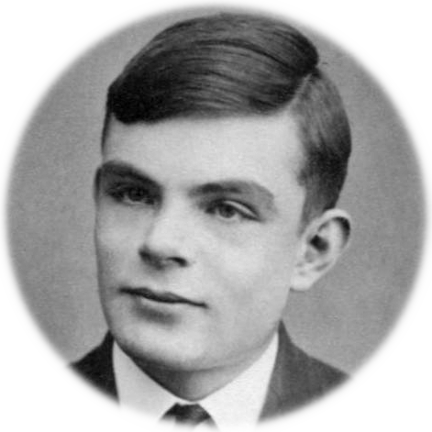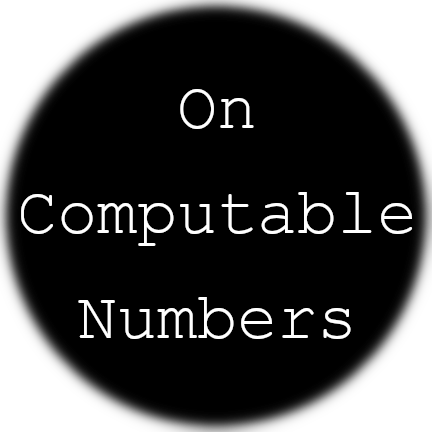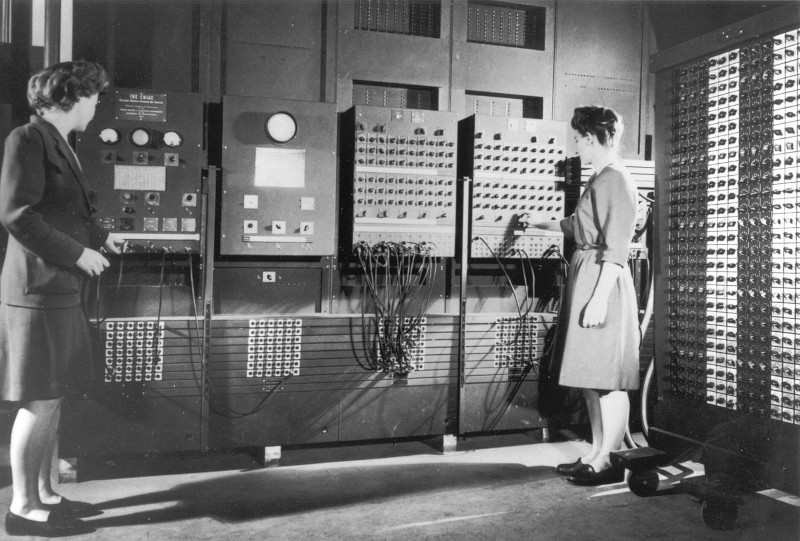Turing Machine
11/30/1936 AD published
On Computable Numbers is published in the Proceedings of the London Mathematical Society journal in two parts, the first on 30 November and the second on 23 December.
Undoubtedly the most famous theoretical paper in the history of computing, On Computable Numbers is a mathematical description an imaginary computing device designed to replicate the mathematical "states of mind" and symbol-manipulating abilities of a human computer. Turing conceived of the universal machine as a means of answering the last of the three questions about mathematics posed by David Hilbert in 1928: (1) is mathematics complete; (2) is mathematics consistent; and (3) is mathematics decidable.
Hilbert's final question, known as the Entscheidungsproblem, concerns whether there exists a defiinite method—or, in the suggestive words of Turing's teacher Max NewmanOffsite Link, a "mechanical process"—that can be applied to any mathematical assertion, and which is guaranteed to produce a correct decision as to whether that assertion is true. The Czech logician Kurt Gödel had already shown that arithmetic (and by extension mathematics) was both inconsistent and incomplete. Turing showed, by means of his universal machine, that mathematics was also undecidable.
Subjects Who or What published?
-
Alan Turing English mathematician, c...
Objects To Whom or What was published?
-
On Computable Numbers, with an Application to the Entscheidungsproblem In this paper, Turing re...
Timelines (that include this event)
Events in 1936 MORE














